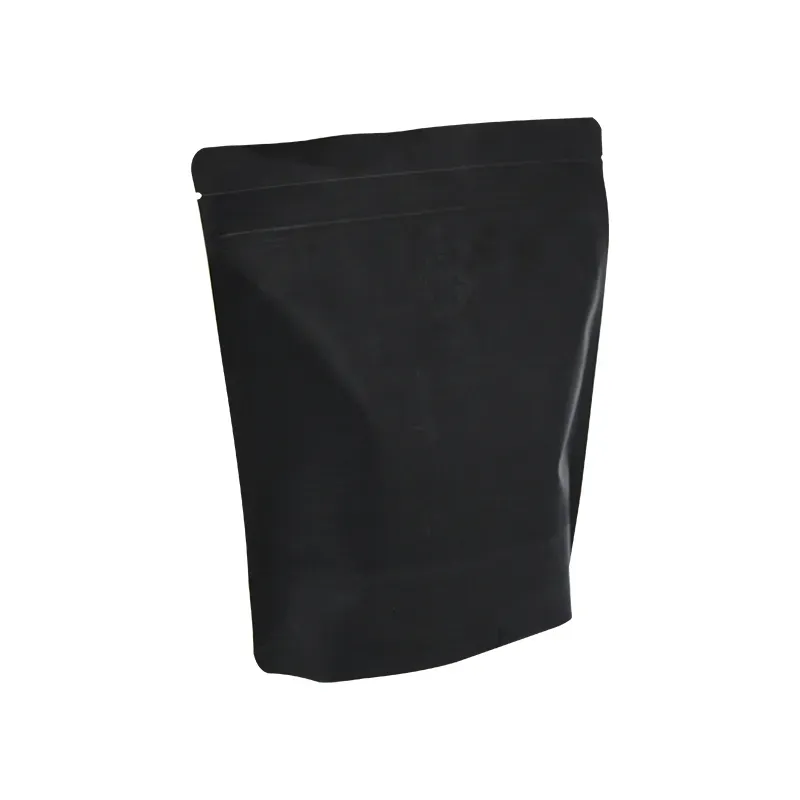- Afrikaans
- Albanian
- Amharic
- Arabic
- Armenian
- Azerbaijani
- Basque
- Belarusian
- Bengali
- Bosnian
- Bulgarian
- Catalan
- Cebuano
- chinese_simplified
- chinese_traditional
- Corsican
- Croatian
- Czech
- Danish
- Dutch
- English
- Esperanto
- Estonian
- Finnish
- French
- Frisian
- Galician
- Georgian
- German
- Greek
- Gujarati
- haitian_creole
- hausa
- hawaiian
- Hebrew
- Hindi
- Miao
- Hungarian
- Icelandic
- igbo
- Indonesian
- irish
- Italian
- Japanese
- Javanese
- Kannada
- kazakh
- Khmer
- Rwandese
- Korean
- Kurdish
- Kyrgyz
- Lao
- Latin
- Latvian
- Lithuanian
- Luxembourgish
- Macedonian
- Malgashi
- Malay
- Malayalam
- Maltese
- Maori
- Marathi
- Mongolian
- Myanmar
- Nepali
- Norwegian
- Norwegian
- Occitan
- Pashto
- Persian
- Polish
- Portuguese
- Punjabi
- Romanian
- Russian
- Samoan
- scottish-gaelic
- Serbian
- Sesotho
- Shona
- Sindhi
- Sinhala
- Slovak
- Slovenian
- Somali
- Spanish
- Sundanese
- Swahili
- Swedish
- Tagalog
- Tajik
- Tamil
- Tatar
- Telugu
- Thai
- Turkish
- Turkmen
- Ukrainian
- Urdu
- Uighur
- Uzbek
- Vietnamese
- Welsh
- Bantu
- Yiddish
- Yoruba
- Zulu
Understanding the Conversion of 0.2mm to Inches for Accurate Measurements
Understanding 0.2 mm in Inches A Deep Dive into Metric and Imperial Conversions
In the world of measurements, understanding the relationship between different units is crucial, especially as globalization leads to more interaction between systems that use the metric system and those that follow the imperial system. One common point of confusion arises when converting millimeters to inches, particularly a small measurement like 0.2 mm. This article will explore what 0.2 mm means in inches, how to make such conversions, and the significance of understanding these measurements in various contexts.
What is 0.2 mm?
Millimeters (mm) are a unit of length in the metric system, which is based on powers of ten. One millimeter is one-thousandth of a meter. Therefore, 0.2 mm is equivalent to two-tenths of a millimeter. This measurement is quite small when considering everyday objects. To put it into perspective, a piece of human hair is approximately 70 micrometers in diameter, which is 0.07 mm—meaning that 0.2 mm is about three times thicker than an average strand of hair.
Conversion from Millimeters to Inches
To convert millimeters to inches, one must use the conversion factor 1 inch equals 25.4 millimeters. To find out how many inches are in 0.2 mm, we can set up a simple calculation. The formula for converting millimeters to inches is
\[ \text{Inches} = \frac{\text{Millimeters}}{25.4} \]
By applying this formula, we get
\[ \text{Inches} = \frac{0.2 \text{ mm}}{25.4} \approx 0.00787 \text{ inches} \]
.2mm in inches

Thus, 0.2 mm is approximately 0.00787 inches. This decimal figure highlights how small the measurement is in the imperial system, which often complicates tasks for those accustomed to metric measurements.
Importance of Accuracy in Measurement
Understanding the conversion of 0.2 mm in inches is not just an academic exercise; it has practical implications in various fields. For instance, precision is vital in engineering and manufacturing. A discrepancy as small as a few tenths of a millimeter can significantly impact the performance of precision instruments, machinery, or even medical devices like implants and surgical tools. In jewelry making, such minute measurements can affect the fit and appearance of pieces.
Similarly, in the world of electronics, components are often designed with specific tolerances. A measurement of 0.2 mm could be critical in defining the width of a circuit trace or the size of a component that must fit onto a circuit board.
The Importance of Conversion Skills
As we continue to interact with different systems of measurement worldwide, the ability to convert measurements accurately becomes increasingly important. This skill aids in various sectors, including international trade, science, and technology, where products and specifications might be provided in different units.
Moreover, learning to convert units fosters a greater understanding of global standards. With a growing number of products being manufactured worldwide, both consumers and businesses are often confronted with specifications in unfamiliar units. Knowing how to convert between millimeters and inches can help in making informed decisions about products and their applicability.
Conclusion
In conclusion, while 0.2 mm may seem like a trivial measurement, its conversion to inches—approximately 0.00787 inches—underscores the importance of precision in various fields. The ability to convert from millimeters to inches is a fundamental skill that enhances communication and understanding in an increasingly interconnected global environment. As you engage with measurements in daily life, remember the significance of even the smallest figures, for they often hold the key to successful outcomes in projects, products, and innovations. Whether you are a student, a professional, or just someone curious about measurements, grasping the nuances of conversion can prove invaluable.













